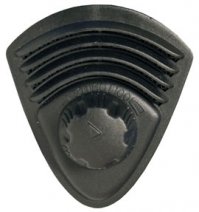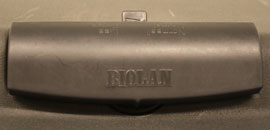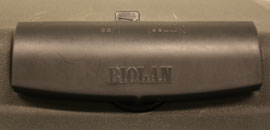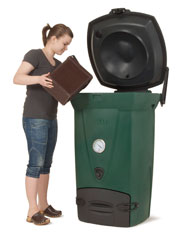Permissions and regulations applying to composting
The permissions and regulations applying to the composting vary from country to country, or even from municipality to municipality. Consult your local municipal environmental authority for the regulations valid in your own municipality.
Typically in Finland:
- the composter for domestic waste must be thermally insulated, equipped with a cover and protected against rodents.
- in some municipalities it is required that the municipal environmental authority or the refuse disposal company be notified of composting domestic waste
- pure garden waste may be composted in a non-insulated composter, in a board frame or in a pile.
- the compost must be looked after so that no harm is caused to people’s health or to the environment.
- the composter must not be placed closer than 15 metres to a well.
- the composter must not be placed closer than 5 metres to the border of a neighbour without the neighbour’s consent.
Instructions for use
Selecting location for the composter
Place the Composter Biolan 220eco in a location, to which waste can easily be taken all year round. Place the composter on a firm surface in a location where water will not gather.
The Biolan 220eco has a hole for seep liquid in the lower part behind the unit for draining any excessive liquid. Place the composter in direct contact with the ground so that possible seep liquid can be absorbed into the soil. Optionally, you can collect the seep liquid for later use.
If the compost mass is exceptionally wet, some seep liquid might run out from under the emptying door or it might seep through the air inlet valve in the front wall.
Before use
Check that the knob of the outlet air valve is in the position "normal", i.e. to the left, as seen from behind the composter.
Fix the opening stay for the cover in place in the cover using the screw and the plastic nut. Fix its lower to the body using a screw.
Connecting the seep liquid hose and conducting the liquid
The Biolan 220eco has a hole in the lower part behind the unit, for draining off any excessive liquid to be absorbed into the soil. If you want, you can conduct the seep liquid into a collecting tank, but this is not mandatory.
Connect a fabric-reinforced garden hose of 16 mm to the seep liquid hole in the lower part at the back of the unit. Route the hose into a canister that you have placed in such a way that the liquid will flow by gravity alone. If you want, you can build for the canister an externally insulated pit with cover of film-faced plywood.
Any canister made from frost-resistant plastic can be used.
Commissioning
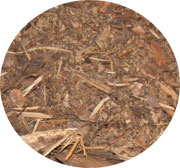
Put on the bottom a 5 cm-thick layer (about 20 litres) of Biolan Compost and Toilet Bulking Material. Turn the adjuster of the air inlet valve in the front wall to the left.
Start to use the composter. Add bedding more generously during the first filling. You can decrease the amount of bedding later.
Start of the composting process
The composting process starts as soon as there is a sufficient amount of waste in the composter, i.e. the waste is approximately level with the air channel. The composting process is understood to start when the temperature of the mass inside the composter rises above the outside air temperature. The temperature in the composter is raised and maintained by the vital functions of the micro-organisms that are created in the composter provided that waste is added regularly. The insulation of the composter keeps the heat inside, and prevents the outside air from cooling the mass.
In the Composter Biolan 220eco the temperature of the mass varies between +10 – +70 °C. Typically, the reading of the temperature gauge is +30–40 °C. The composting process will, however, proceed at an even lower temperature. Observe the location of the thermometer at the upper air pipe. The thermometer gives indicative information about the various stages of the composting process and the temperature during the hot phase. The hottest part is in the middle, which the thermometer cannot sense. A high temperature indicates the vitality of the micro-organisms. The lower the temperature, the slower the composting process. Composting of the waste will proceed as long as there is a supply of oxygen and the temperature stays above 0 °C. The function of the composter can at best be judged by the quality of the compost being emptied. In a well-functioning composter the compost becomes fully decomposed, except for citrus fruit peels or eggshells that still can be recognisable. After start-up, the waste reaches the cover soil stage in 5-8 weeks. The start-up can be delayed, if the outside air temperature is below 0 °C.
If the temperature of the composter is higher than the temperature of the outside air, turn the adjuster of the inlet air valve in the front wall to the right. Follow the temperature of the composter and the outside air. If the composter tends to cool after starting up, decrease the setting.
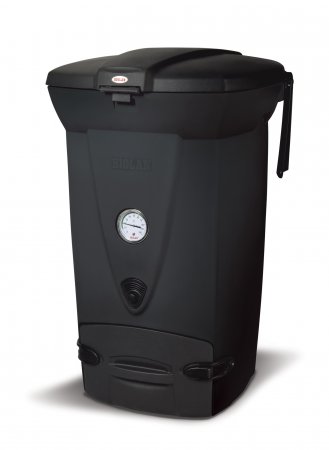
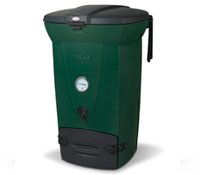
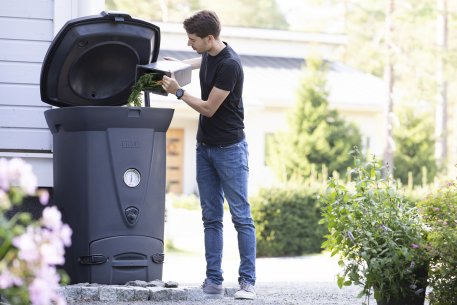
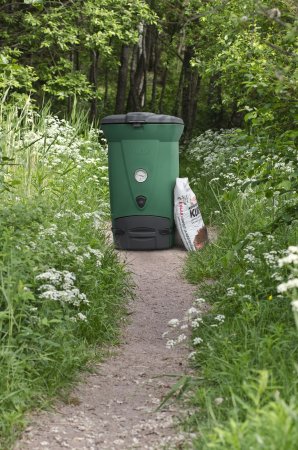








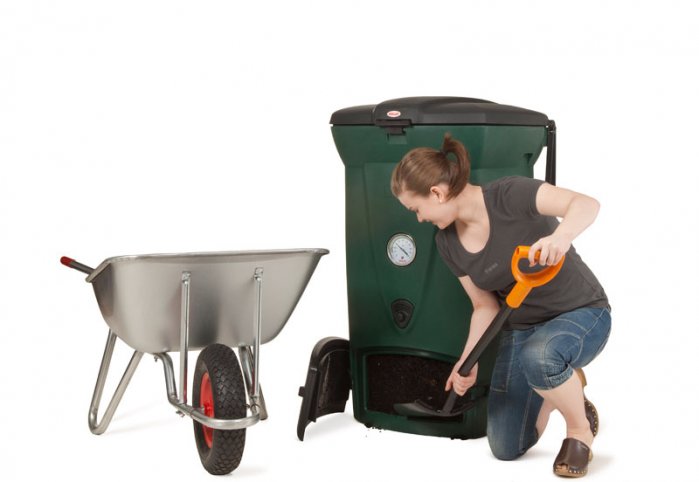
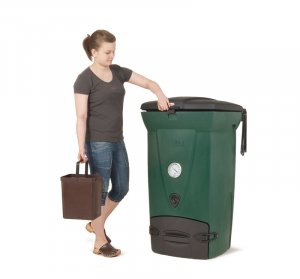 Using the Composter Biolan 220eco
Using the Composter Biolan 220eco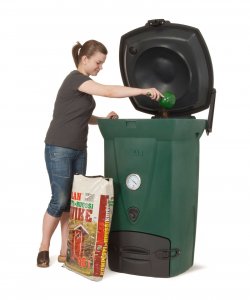 Filling
Filling
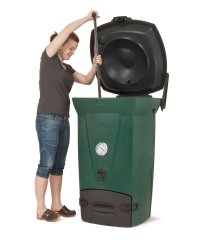 finish to job using the Emptying Aid Clean in particular the edges of the emptying door and its opening.
finish to job using the Emptying Aid Clean in particular the edges of the emptying door and its opening.